

There are several theories as to the origin. Here we introduce some oral stories, handed down at Yusenji temple, Matsugasaki,and some records in history.
Yusenji is now a Nichiren-shu (Nichiren Sect) temple, but originally it was a Tendai-shu temple, called Kankiji, one of 3,000 Eizan temples. In Einin 2 (1294), late Kamakura period, while Nichizo Shonin (high rank priest)(1269~1342), a second generation pupil of Saint Nichiren, was street preaching, Jitsugen Sozu (priest) was so impressed that he himself, as a pupil of pupil,, tried to popularize Nichizo’s teaching among the villagers. At that time, however, he was unable to turn all the villagers to his sect. Later, in July, 1st year of Tokuji (1306) Jitsugen invited Nichizo to Matsugasaki for preaching. At this preaching, around 470 villagers were persuaded ; then the whole village converted from Tendai-shu to Nichiren-shu.
At this, Jitsugen was so pleased that he danced with joy, which is believed to be the origin of Matsugasaki Daimoku Odori. After this, the temple name changed from Kankiji to Myosenji. This Myosenji got together with NIchiren-shu temple Hon’yuji (founded in 1574) and became Yusenji in Taisho 7 (1918).
According to the temple history of Yusenji, the character of Myo 妙of Nishiyama 西山(Western hill) was designed by St. Nichizo at the villagers’ conversion. Ho 法of Higashi-yama (東山 Eastern hill), on the other hand, is said to have been written much later by St. Nichiryo (1590~1660), in Edo period. This seems to be a reasonable supposition since two characters are in different styles; 妙 is sosho (cursive) and 法 in reisho (scribes).

When the Chinese characters are written horizontally, they were normally to be read from right to left, in the opposite order of today. But in this case of 妙法, they are to be read from left to right. This is probably because there was no space left for on the west,法 had to be written on the eastern hill.
Among the historical records mentioning 妙法、 the one to be noted is the following description in the diary of July 16, Jo’o 3 (1654) in Nobuyori kyoki by Nakamikado Nobuyori (1613~1664), a court noble of early Edo period.
Watched Bonfires of Higashiyama (East) Daimonji, Kitayama (North) Ho 法, Nishiyama (West ) Daimonji.
There is no mentioning of 妙. However, a pictograph “Rakuyo Meisho-shu”(1658) by Yamamoto Taijun, and a tourist guide “Annnaisha” (Guides) (1662) by Nakagawa Kiun, both of Edo period, mention 妙法. Here we introduce a paragraph from “Annaisha”:
Watched Bonfires, though somewhat shrouded in the rain. At Matsugasaki were the two characters 妙法, which were lit by making the shapes with stuck stakes and tying torches to them. Hokake-bune (sail boat) on Kita (north) yama and Daimonji at Jodoji—all are lit in the same way.
Thus the two characters have long been considered to be a set; the prayer of Nichiren-shu (sect) being 南無妙法蓮華経, Glory to the Sutra of the Lotus of the Supreme Law.

Preparation for the fire starts early on the morning of August 16 by carrying split pinewoods up to the hill. Formerly the signal for lighting the fire was sent by the fire from the hut on the present campus of Kyoto Institute of Technology. Then till Reiwa 2 (2020) the signal fire was sent from the roof of the Kampo Seimei Hoken Kaisha ( Kampo- Life Insurance Co. Ltd) by the generous support of the company. After the move of the company office, it returned to the roof of the Student Hall of Kyoto Institute of Technology. At the lighting, Yusenji priest and representative believers chant the sutra on the 妙 hill. In addition to the Bonfire, 題目(sutra) 踊り(dance) and Sashi Odori are performed, after the fire, around 9 p.m. on August 16 and around 8 p..m. on August 15, the latter being done in a more relaxed atmosphere.

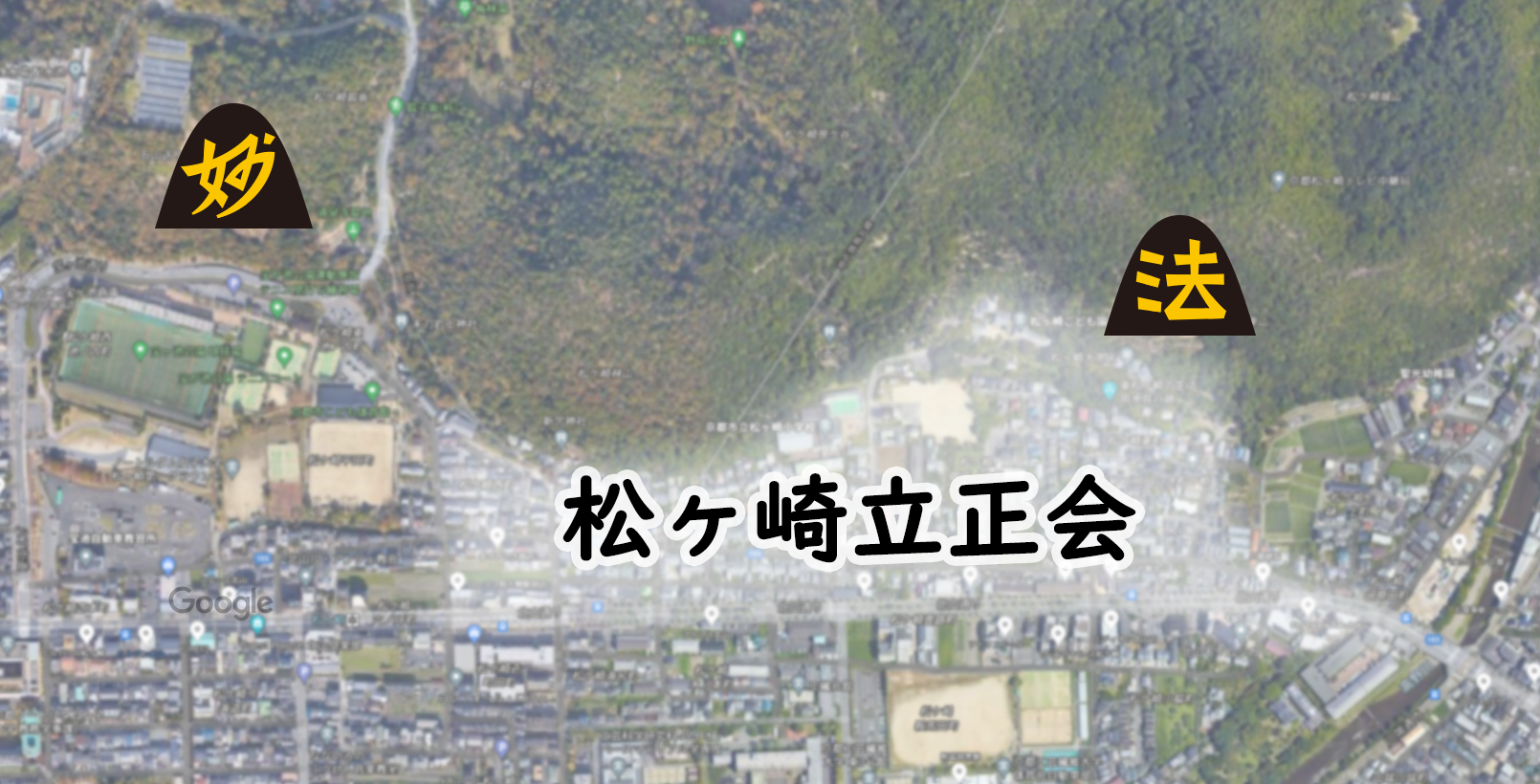
Matsugasaki Risshokai, Public Service Foundation
Members: 73 households
Old Matsugasaki village were divided into two: the East and the West; the West is again divided into five group: Horino-cho, Nakano-cho, Tsujino-cho, Nishino-cho and Kawano-cho. The West group, responsible for 妙, each cho is in charge of a particular fireplace. In the East group, responsible for 法, each household is responsible for a particular fireplace.

Formerly tying torches on the stakes or using stone fireplace in the hole was the way to build the fire. In Showa 41 (1966) for 妙, in Showa 45 (1970) for 法, iron steel plates for each fireplace were placed on the hill slopes, where split woods were arranged in 井 shape and set fire. Again in Heisei 24 (2012) for 妙, in Heisei 25 (2013) for 法, those plates were changed to stainless steel.
For 妙 103, for 法63 fireplaces are used.

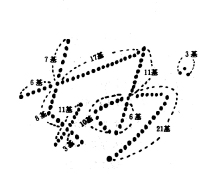
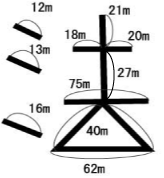
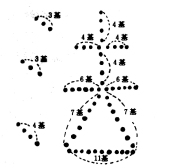
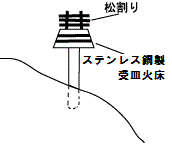

Split pinewoods, placed in 井 shape are used, the height reaching 1 meter high. 332 bundles of split pinewoods and 166 bundles of pine needles are used for the start of the fire.

At Matsugasaki, on the evenings of August 15 around 8 p.m. and August 16 around 9 p.m. Daimoku Odori and Sashi Odori dances are performed.
Daimoku Odori is danced to the repeated chanting of 南無妙法蓮華経. The origin is said to go back to July 16 of the first year of Tokuji (1306), when the whole village of Matsugasaki converted to Nichiren-shu. At the sight of the villagers praying and dancing 南無妙法蓮華経, priest Jitsugen was so excited with joy, chanted 南無妙法蓮華経, beating the drums. This is said to be the oldest Bon dance in Japan. Every year since then, on the evening of July 16 this Daimoku Odori is performed in the front garden of the temple’s main hall.
During Jo-o period (1653~1655) retired emperor Gomizuo and his wife Tofukumon’in are said to have seen the dance. The pine tree that had stood near their seats was called “The Imperial Visit pine tree” and was taken good care of after the place was turned to Matsugasaki Elementary School. Even after its death in Showa 47 (1972), the stock is kept inside the school.
A big drum is placed at the center of the front garden and is sounded with unique hand ling of the sticks. On both sides men and women members seat face to face, and chant the Daimoku, taking turns. The dancers dance in a circle around the drum, with the fans in hands, turning sides. Four dances are performed; the first 法法 is danced, rotating to the right. The second 蓮華経 and on, the rotation is to the left. The third 一代諸経 and the fourth 嘆陀音頭 are danced without the drum.
After Daimoku Odori, Sashi Odori, an old traditional folk dance in Rakuhoku (northern Kyoto) is performed. Priest Tessen of Yokawa, Hieizan revised Tendai Shomyo to popularize it. In place of the drum in Daimoku Odori, a scaffold is set up, on which the leaders sing and dance, while other dancers dance around the scaffold.
As part of Public Service Foundation Activities, Hozonkai has organized lessons for the community members as well as elementary school children, demonstrated at Matsugasaki Summer Festival and local sports meet.
Daimoku Odori and Sashi Odori are both registered as Kyoto City Intangible Folklore Cultural Assets in June, Showa 58 (1963).

Q: What do the two Chinese characters 妙 and 法 signify?
A: Nichiren shu (sect) believes in Hokekyo ( the Lotus Sutra) and the believers chant the title (name ) of the sutra: the Sutra on the Lotus of the Wonderful Law, whose two symbolic characters are 妙 and 法.
Q: How can we offer homa sticks?
A: They are accepted as follows: Early days of August, till August 15 at 3 local shops Late July at Matsugasaki Summer Festival August 15 (all day) and August 16 morning at the exit of the subway Matsugasaki Station August 15 evening at Yusenji temple
Q: Can we climb the hills on the Bonfire day?
A: No climbing is allowed throughout the year.
Q: Can we join the dances?
A: Yes, anyone can join the Sashi Odori, but not the Daimoku Odori, which are performed only by the Risshokai members.
Q: Would you accept volunteers?
A: No, we do not accept any volunteers.
Q: Are the dances performed even in the rain?
A: Yes, they are performed in the main hall of Yusenji temple.
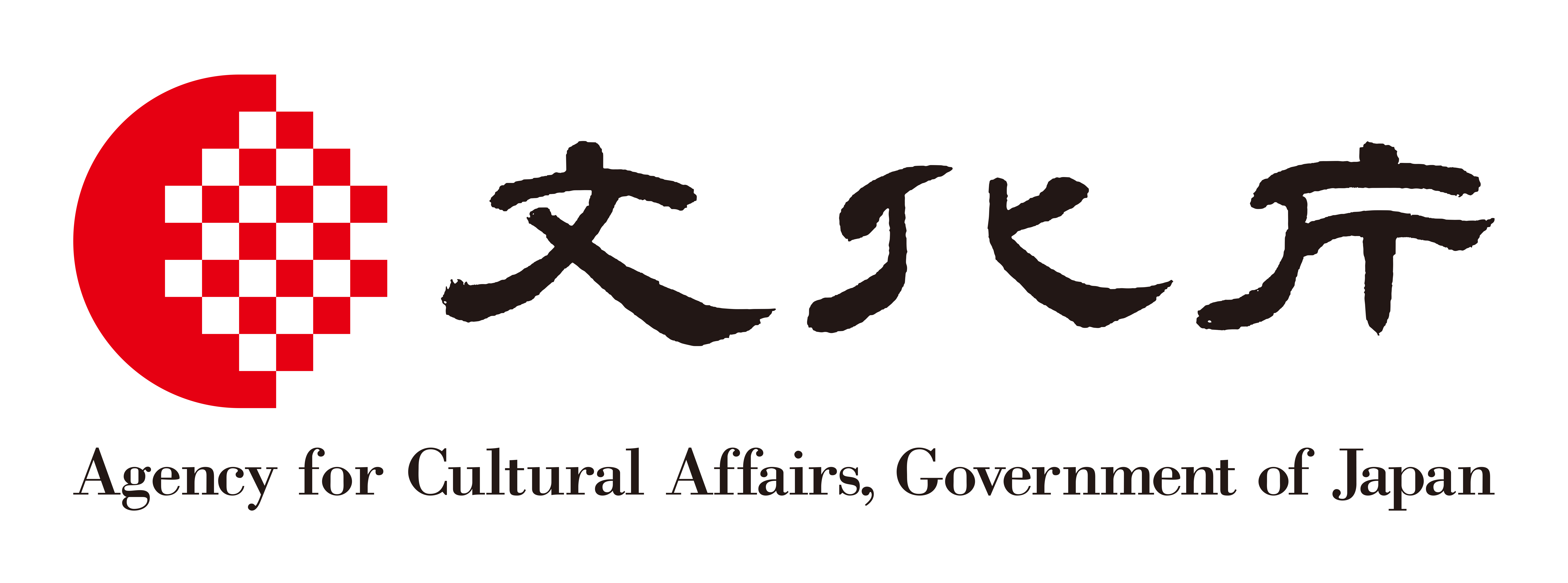
本事業は,令和2年度文化芸術振興費補助金(地域文化財総合活用推進事業(地域無形文化遺産継承のための新しい生活様式支援事業))の助成を受けて令和3年度に実施する「コロナ禍における無形民俗文化財のための継承・保存・活性化事業」の一部です。
※当ホームページに掲載するすべての写真につきまして、転載・複製を禁止します。
Copyright © Kyoto Gozan Okuribi Rengoukai All Right Reserved.
















